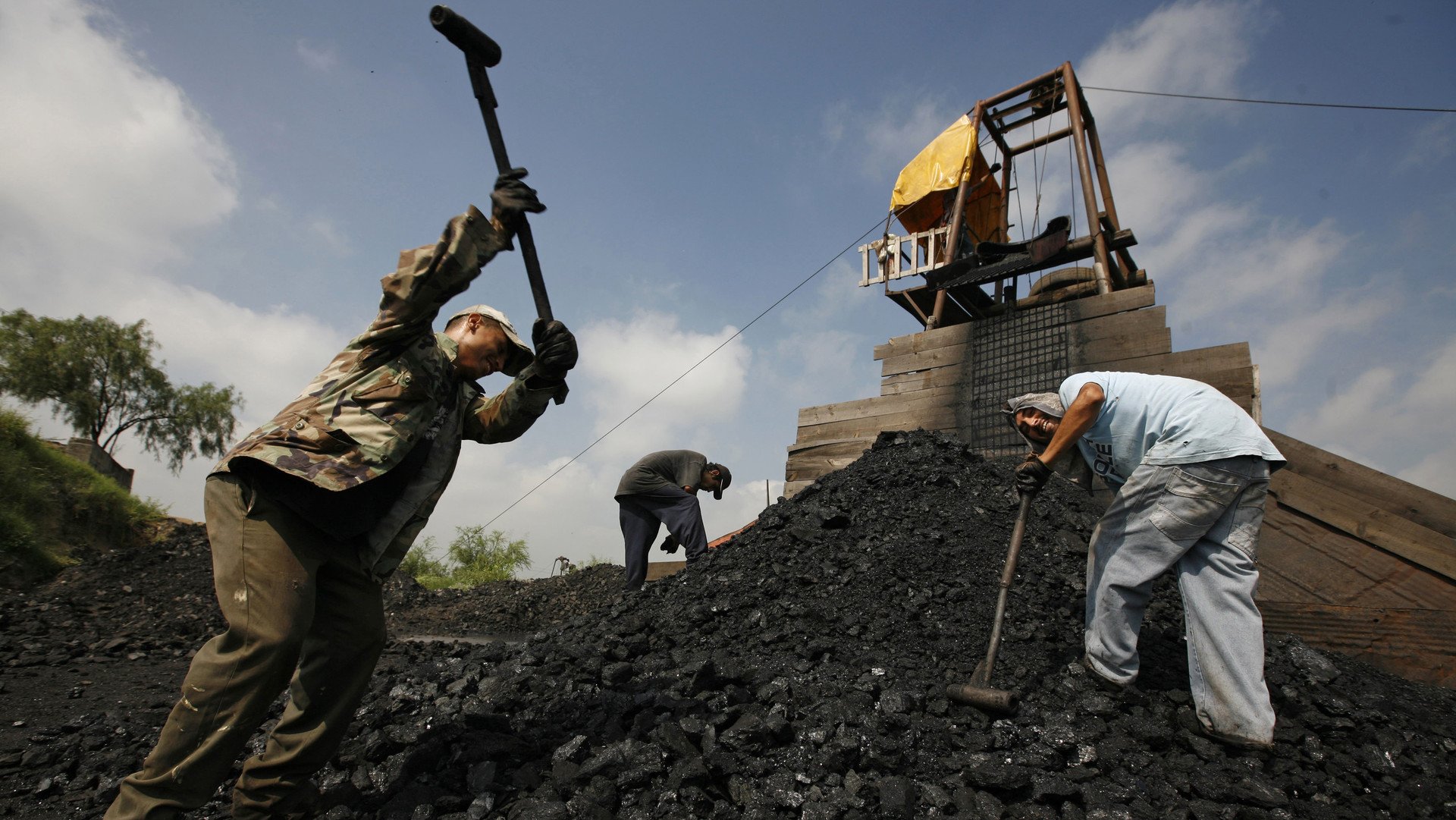The coal trading market is expected to grow at a strong CAGR of around 2.35 % during the forecast period 2024-2033
Introduction to the Global Coal Trading Market
The global coal trading market plays a pivotal role in the global energy sector, serving as a cornerstone for electricity generation and industrial processes. Coal remains one of the most widely used energy sources, despite the growing emphasis on renewable energy. The market dynamics are influenced by various factors including economic growth, technological advancements, and regulatory policies. This article provides a comprehensive overview of the coal trading market, examining its current status, key players, trading mechanisms, and future prospects.
Market Dynamics and Key Players
Economic Growth and Demand for Coal
Economic growth directly impacts the demand for coal. Developing economies, particularly in Asia, exhibit robust demand due to industrialization and urbanization. Countries like China and India are among the largest consumers of coal, using it primarily for power generation and steel production. The demand in these regions is driven by the need for reliable and affordable energy sources to fuel economic expansion.
Key Players in the Coal Trading Market
The coal trading market is dominated by several major players who control significant portions of the supply chain. Glencore, BHP, Rio Tinto, and Anglo American are among the top global mining companies involved in coal extraction and trading. These companies have extensive mining operations and advanced logistical networks, enabling them to meet the high demand for coal across various regions.
Types of Coal and Their Uses
Thermal Coal
Thermal coal, also known as steam coal, is primarily used for electricity generation. Power plants burn thermal coal to produce steam, which drives turbines connected to generators. This type of coal is characterized by its lower carbon content and higher moisture levels compared to metallurgical coal.
Metallurgical Coal
Metallurgical coal, or coking coal, is essential for steel production. It is used in blast furnaces to convert iron ore into iron, which is then transformed into steel. Metallurgical coal has a higher carbon content and lower impurities, making it suitable for this process.
Lignite Coal
Lignite, often referred to as brown coal, is the lowest grade of coal with the highest moisture content. It is primarily used in electricity generation, particularly in power plants located near lignite mines to minimize transportation costs.
Trading Mechanisms and Logistics
Coal Trading Hubs
Coal trading is facilitated through various hubs around the world, with major hubs located in Australia, Indonesia, South Africa, and Russia. These regions are significant due to their large coal reserves and export capabilities. Ports in these areas handle substantial volumes of coal shipments, supporting global trade.
Contract Types in Coal Trading
Coal trading involves different types of contracts, each catering to specific needs and risk profiles of buyers and sellers. Spot contracts are used for immediate delivery, typically within 30 days. Long-term contracts are established for extended periods, often spanning several years, providing stability and price security for both parties. Forward contracts and futures contracts are also utilized, allowing traders to hedge against price fluctuations and secure future supplies.
Transportation and Logistics
Efficient transportation and logistics are critical for the coal trading market. Coal is transported by rail, sea, and road, depending on the distance and infrastructure availability. Bulk carriers and Panamax vessels are commonly used for maritime transportation of coal. Railways play a crucial role in moving coal from mines to ports or directly to consumers, especially in countries with extensive rail networks like the United States and China.
Regulatory Landscape and Environmental Impact
Regulatory Framework
The coal industry is heavily regulated to address environmental concerns and ensure safe mining practices. Governments worldwide impose various regulations on coal mining, transportation, and usage to mitigate its environmental impact. These regulations include emission standards, land reclamation requirements, and safety protocols for workers.
Environmental Challenges
Coal mining and combustion have significant environmental implications. The industry is a major source of greenhouse gas emissions, contributing to global warming. Additionally, coal mining activities can lead to land degradation, water pollution, and air quality issues. Efforts to reduce the environmental footprint of coal include adopting cleaner technologies and implementing stringent regulatory measures.
Receive the FREE Sample Report of Coal Trading Market Research Insights @ https://stringentdatalytics.com/sample-request/coal-trading-market/16366/
Market Segmentations:
Global Coal Trading Market: By Company
Arch Coal
Coal India
Adaro
Bumi Resources
China Shenhua Energy
Glencore
SUEK
BHP
Peabody Energy
Anglo American
Global Coal Trading Market: By Type
Lignite
Sub-Bituminous
Bituminous
Anthracite
Global Coal Trading Market: By Application
Power
Iron & Steel
Cement
Others
Regional Analysis of Global Coal Trading Market
All the regional segmentation has been studied based on recent and future trends, and the market is forecasted throughout the prediction period. The countries covered in the regional analysis of the Global Coal Trading market report are U.S., Canada, and Mexico in North America, Germany, France, U.K., Russia, Italy, Spain, Turkey, Netherlands, Switzerland, Belgium, and Rest of Europe in Europe, Singapore, Malaysia, Australia, Thailand, Indonesia, Philippines, China, Japan, India, South Korea, Rest of Asia-Pacific (APAC) in the Asia-Pacific (APAC), Saudi Arabia, U.A.E, South Africa, Egypt, Israel, Rest of Middle East and Africa (MEA) as a part of Middle East and Africa (MEA), and Argentina, Brazil, and Rest of South America as part of South America.
Click to Purchase Coal Trading Market Research Report @ https://stringentdatalytics.com/purchase/coal-trading-market/16366/?license=single
Future Prospects and Trends
Technological Advancements
Technological innovations are shaping the future of the coal industry. Carbon capture and storage (CCS) technologies are being developed to reduce CO2 emissions from coal-fired power plants. Additionally, advancements in mining technologies aim to enhance efficiency and reduce the environmental impact of coal extraction.
Shift Towards Renewable Energy
The global energy landscape is gradually shifting towards renewable energy sources. This transition poses challenges for the coal industry, as countries and companies aim to reduce their reliance on fossil fuels. However, coal is expected to remain a significant part of the energy mix in many regions, particularly where renewable infrastructure is still developing.
Market Outlook
The outlook for the coal trading market is influenced by a combination of economic, environmental, and policy factors. While demand in some regions may decline due to a shift towards cleaner energy, other areas, especially in Asia, may continue to see strong demand. The market will likely witness increased competition and innovation as companies adapt to changing dynamics.
About Stringent Datalytics
Stringent Datalytics offers both custom and syndicated market research reports. Custom market research reports are tailored to a specific client’s needs and requirements. These reports provide unique insights into a particular industry or market segment and can help businesses make informed decisions about their strategies and operations.
Syndicated market research reports, on the other hand, are pre-existing reports that are available for purchase by multiple clients. These reports are often produced on a regular basis, such as annually or quarterly, and cover a broad range of industries and market segments. Syndicated reports provide clients with insights into industry trends, market sizes, and competitive landscapes. By offering both custom and syndicated reports, Stringent Datalytics can provide clients with a range of market research solutions that can be customized to their specific needs.
Reach US
Stringent Datalytics
+1 346 666 6655
Social Channels:




Leave a Reply